The automotive/transportation, construction/interior, textile/fashion, packaging industries are under disruptive transformation towards much more sustainable solutions. The use of renewable and natural raw materials as a sustainable alternative to plastic is crucial.
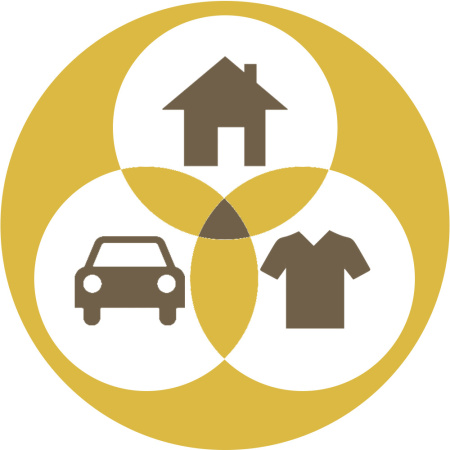
Automotive & Transportation
The automotive industry is undergoing a disruptive transformation. New electrical powertrains require significantly lightweight designs. Thanks to the natural fiber of Jute, we can achieve 20% to 40% lighter components without sacrificing safety and functionality. In addition, brand new expressions and shapes can be achieved. Electrification also means completely new possibilities to replace many of the components found in the engine compartment of diesel and petrol cars, with jute composites instead of metal or steel components, since the engine compartment of electric vehicles does not generate high temperatures.

Else-Marie Malmek, visiting eCarExpo in Gothenburg 2023-12-01.
High Tech Jute composites; JuTech™ are definitely part of the solution
JuTech™ can replace glass- and carbon fibers in many applications as a reinforcement. Jute granules, JutePP©, can reduce the usage of plastics in-mold injection components and replace fiberglass as a reinforcment. JuTech™ fabric can replace glasfiber weave in VARI (Vacuum Assisted Resin Injection) processes. Jute non-woven can be used for e.g. interior compressed components.
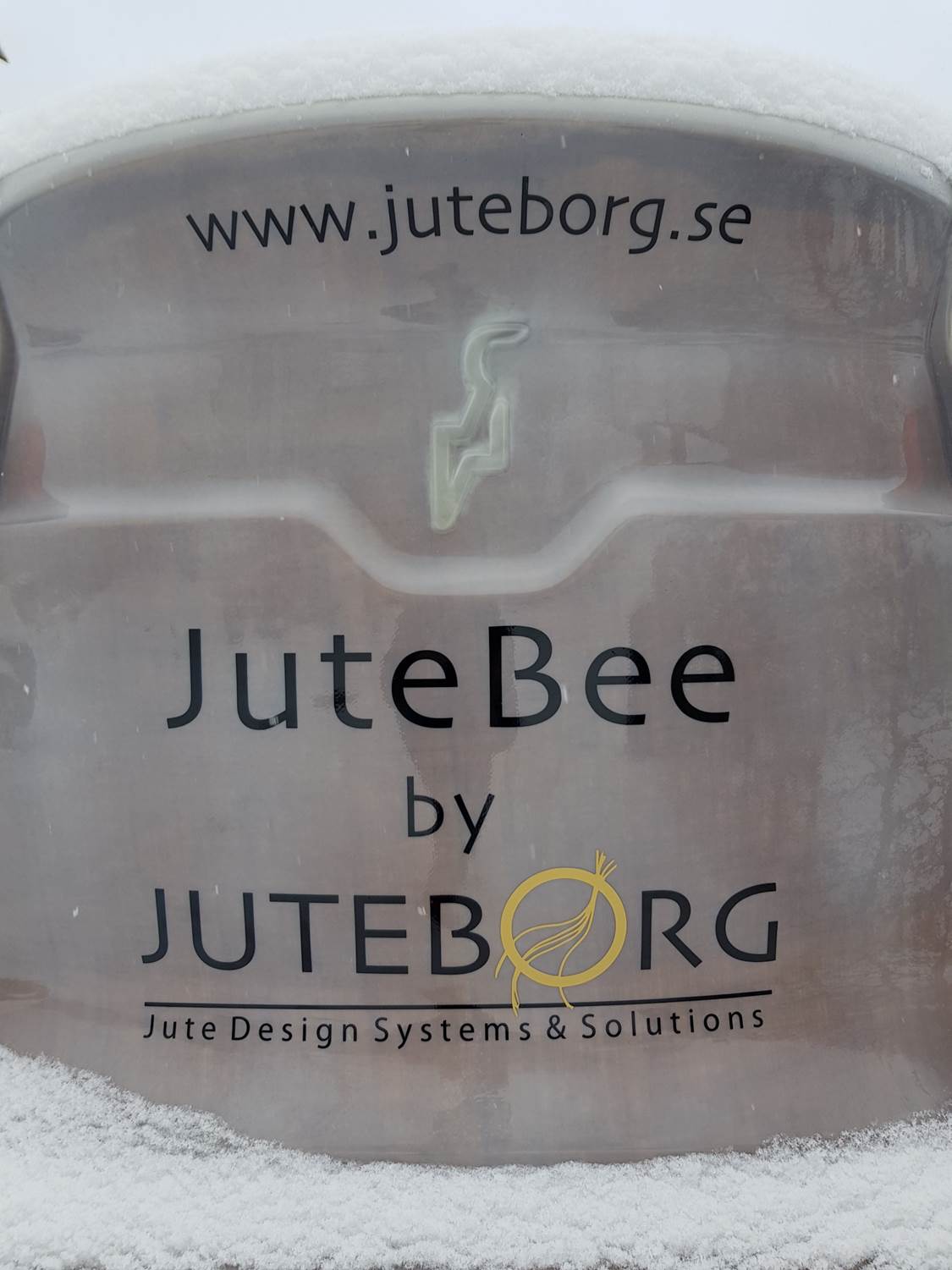
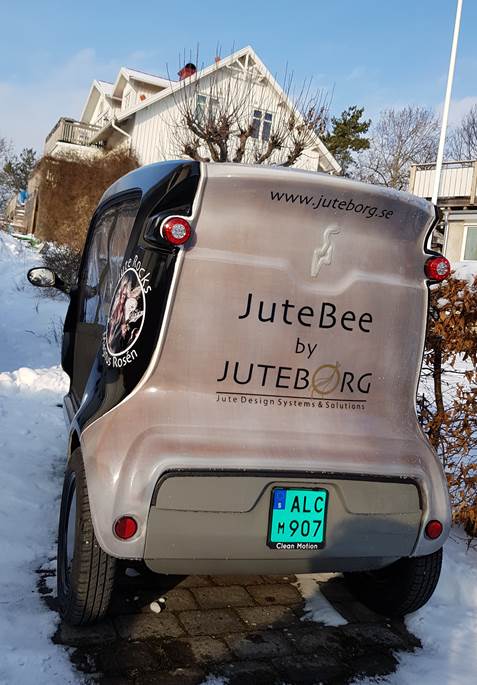
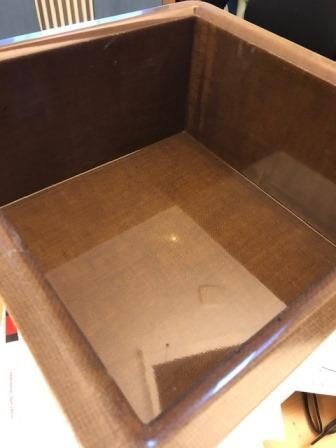

Construction & Interior
The construction industry requires an immense volume of products and materials. By exchanging bad materials into jute-based solutions we are giving the planet a chance.
The impact of JuteEffect could be tremendous!
Examples of area are: insulation, particle/OSB board, acoustic products, facade elements, pipes, jute-textiles as a carrier for other materials, kitchens, closets, carptes, curtains, lamps. Note: Jute particle board is about 30% lighter than ordinary wooden particle board.
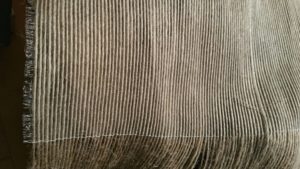
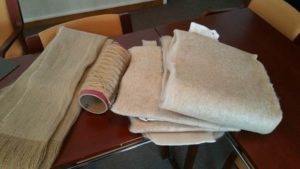
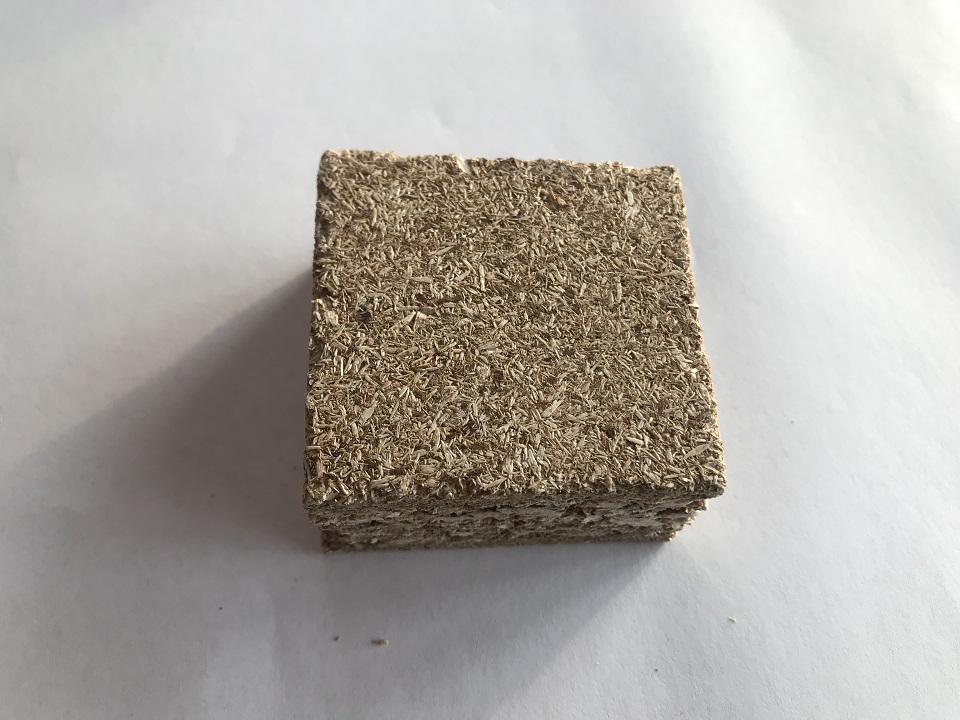
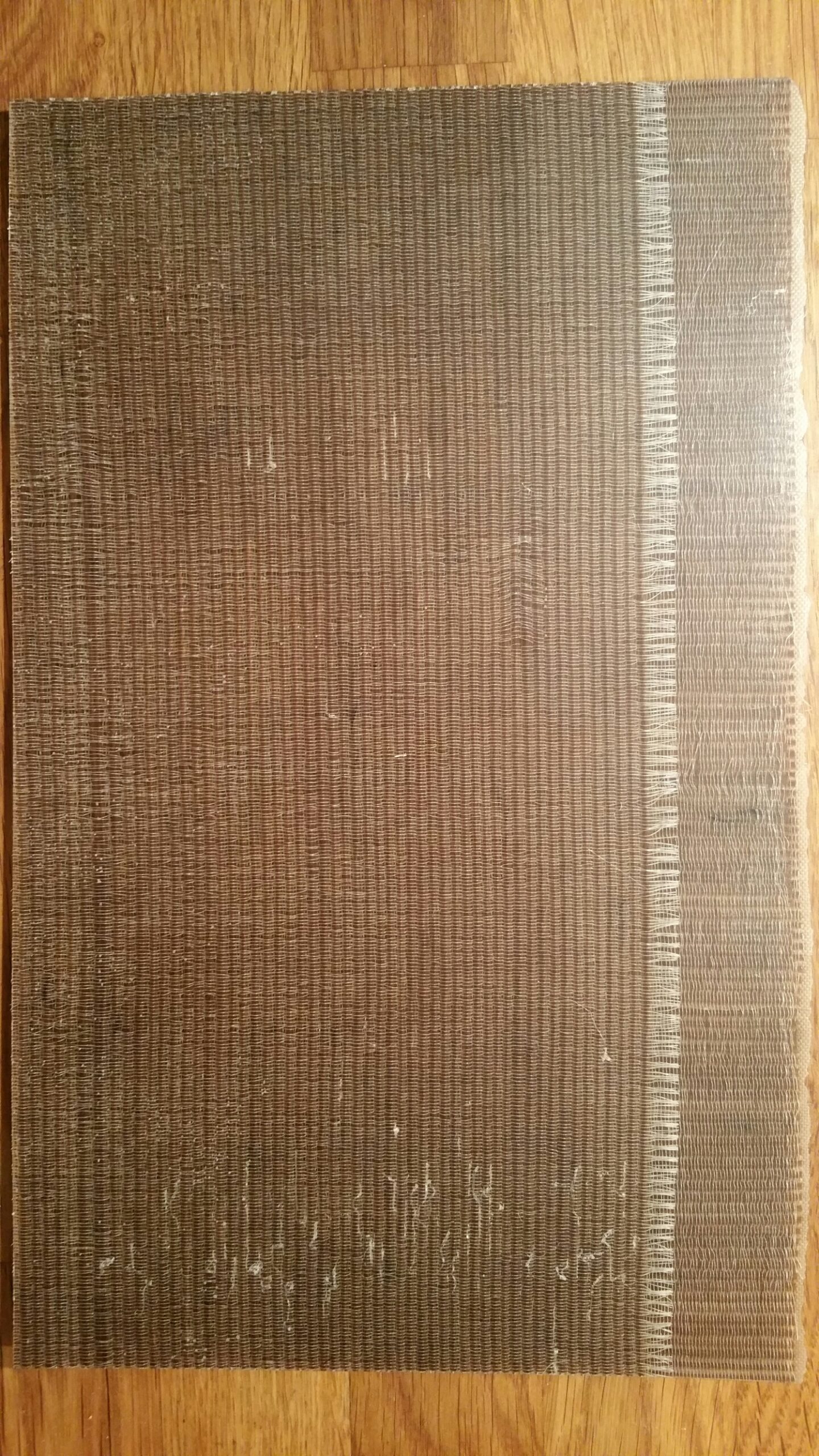
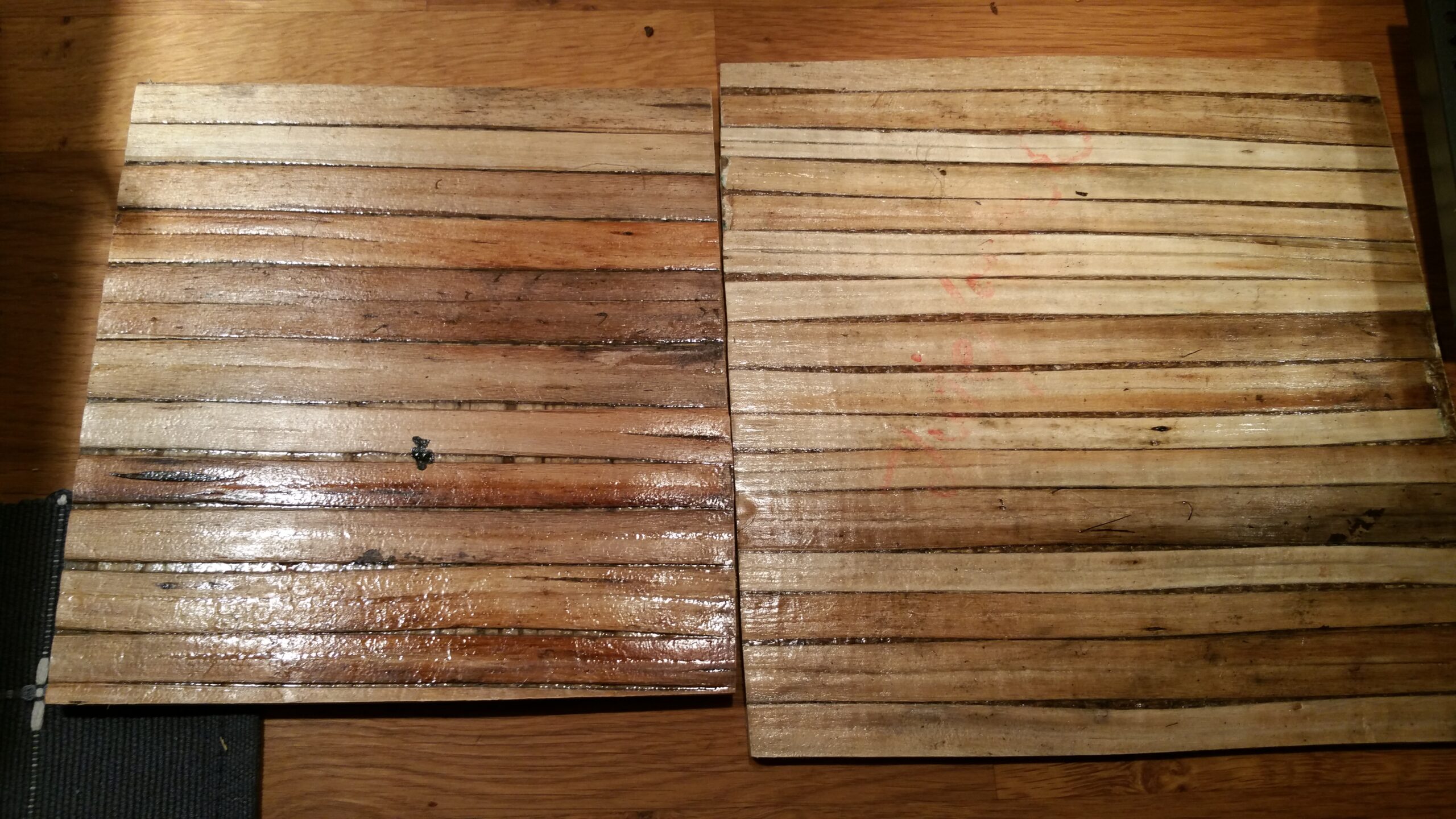
Textile & Fashion’
We transform the textile industry by reducing e.g. synthetic fabric and cotton and replace it with sustainable jute fabrics. Also Jute interior design such as furniture, carpets, lamps etc. Jute fabrics looks and feel very natural and can be made thinner, heavier, different natural colors (e.g. indigo) , mixed with e.g. wool or cotton. Jute fabric can also be very smooth due to a unique treatment process.
Working clothes made of jute fabric are the most sustainable you can get. Jute fabric production use about 80% to 80% less water compared to cotton production.
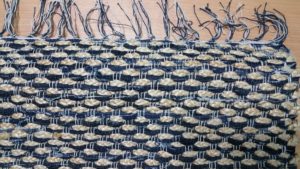
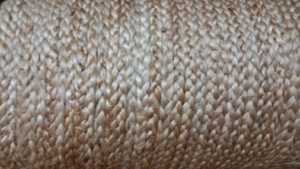
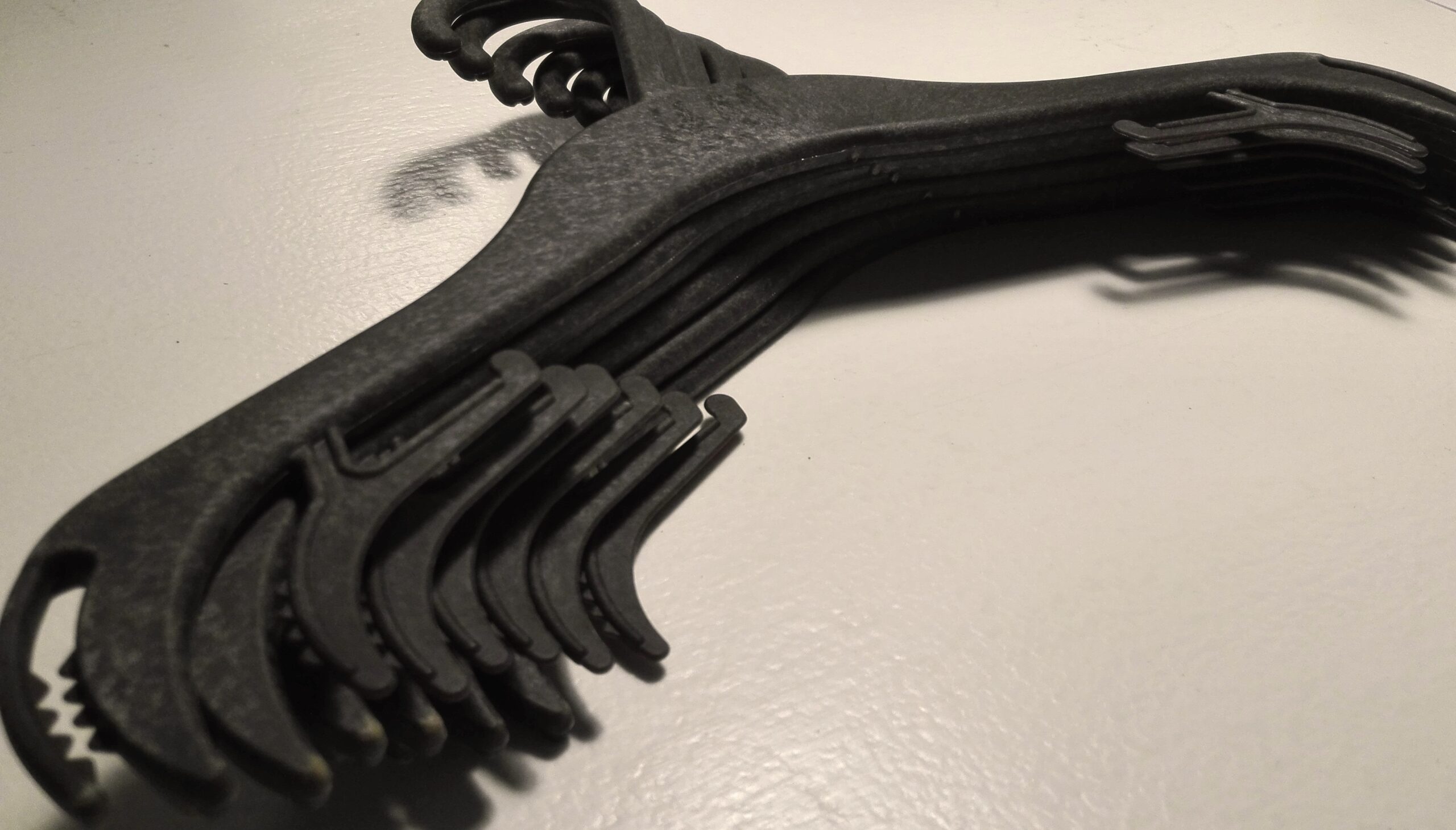
At the beginning, we are trying with 50% jute 50% cotton in denim since we have reached peak cotton and the fashion industry has to transform into other material. Jute lyocell in an environmentally friendly process, thinner and smoother threads of jute could be a good alternative as well.
Packaging
Jute can be used as a very sustainable and beautiful material for packaging, both as cardboard/paper or as a bio-composite.
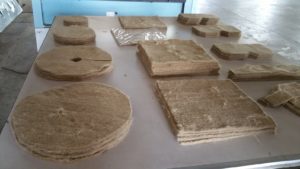
Almost anything where we use wood we can change into jute or partly jute. The Swedish research success in the forest industry could be translated into the jute industry in the way we handle the cellulose, pulp industry packaging, papers, carton etc.
